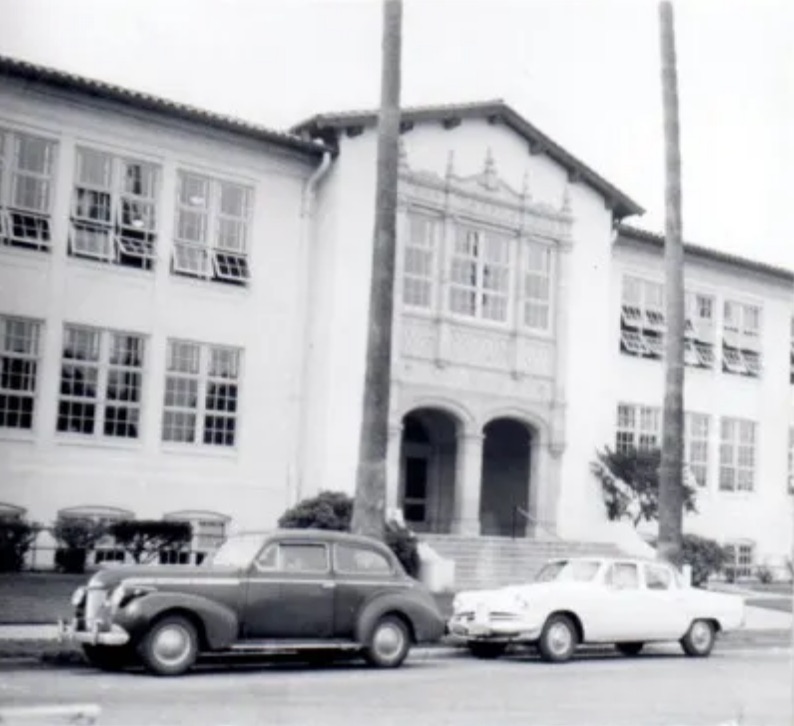Build Housing for Our People
Collaboration Between Agencies Could Reach Goals

Change is coming to Santa Barbara. Senate Bill 35 requires that we expedite building much more housing now. Known around the world for our red-tiled and low-profile Andalusian look, the central city is going to have to accept several thousand new units in the next five to 10 years. Who will live in this housing required by the State of California?
Until the 1960s and1970s, Santa Barbara had more low- and moderate-income housing downtown, much of it in need of repair and updating. The city’s Housing & Redevelopment Agency leveraged a number of low-income housing projects, mostly with the city’s Housing Authority, until redevelopment agencies closed operation statewide in 2012. However the bulk of units built in the last 15 years have been high end, sometimes purchased as an investment and seldom occupied.
In 1979, Lincoln School, Santa Barbara’s first school (built in 1871) was demolished, and the city purchased the site for affordable housing. That was 40 years ago! The school site at Cota and Santa Barbara streets has been utilized as a parking lot and for the beloved Saturday Farmers Market since 1985. Across the street from Lincoln School is Vera Cruz Park, and adjacent to it at Ortega Street is a large State of California Employment Development Department lot and single-story 1950s office building. Surely the city and the state could agree on a plan to build affordable housing and a neighborhood school for the expected families moving into the more densely built downtown on the conjoining properties.
At the same time as it is widely agreed and required that we need to house more people downtown, the Santa Barbara Chapter of the American Institute of Architects has completed a detailed series of plans and concepts for added housing along State Street. City staff and review boards have proposed significant changes in formulas for building many more residential units. Still, when faced with high land costs, the best we can hope for is 10-15 percent of the new units being for moderate-income families.
In the midst of our housing development crisis, one of the best strategies outlined by a 2019 County Grand Jury report is to utilize land already owned by a public agency. Looking at the Lincoln School neighborhood, it is extraordinary how many other large under-built properties belong to the city, school district, and state. The dity Public Works and Parks & Recreation yards with metal office buildings take over a block between Garden Street and halfway to Olive Street. Closing Laguna Street and reconfiguring that huge area would provide a lot of housing. It might take longer to identify space efficiencies in these departments and alternative locations, but if housing is the city’s number one goal these properties must be considered. At Ortega and Garden Streets is a school district property with a large parking lot. The City Council and the Santa Barbara Unified School District board must collaborate and find the political will to meet the future housing and education needs of Santa Barbara.



